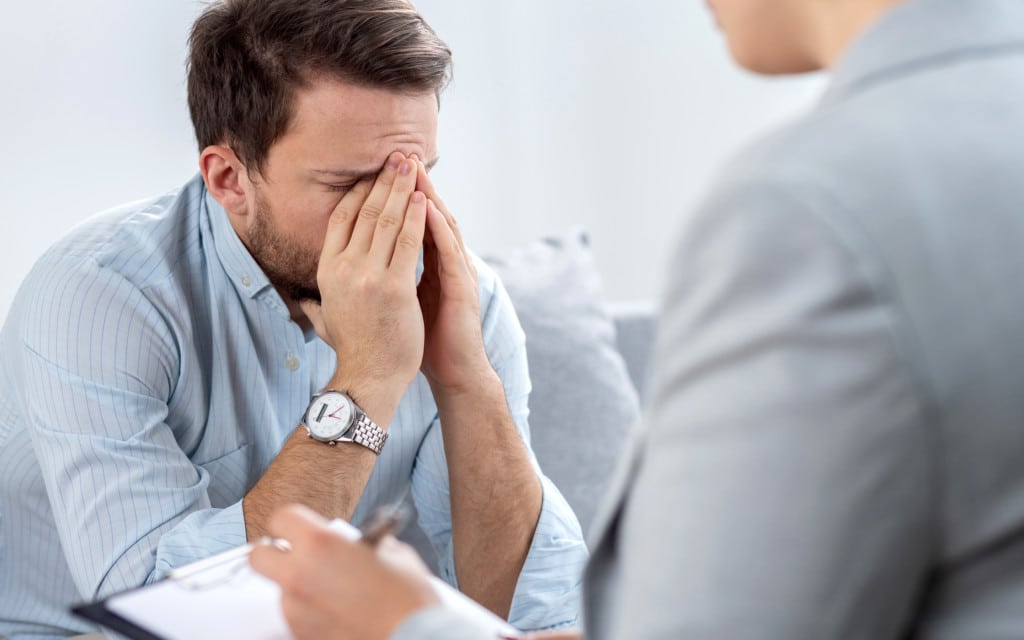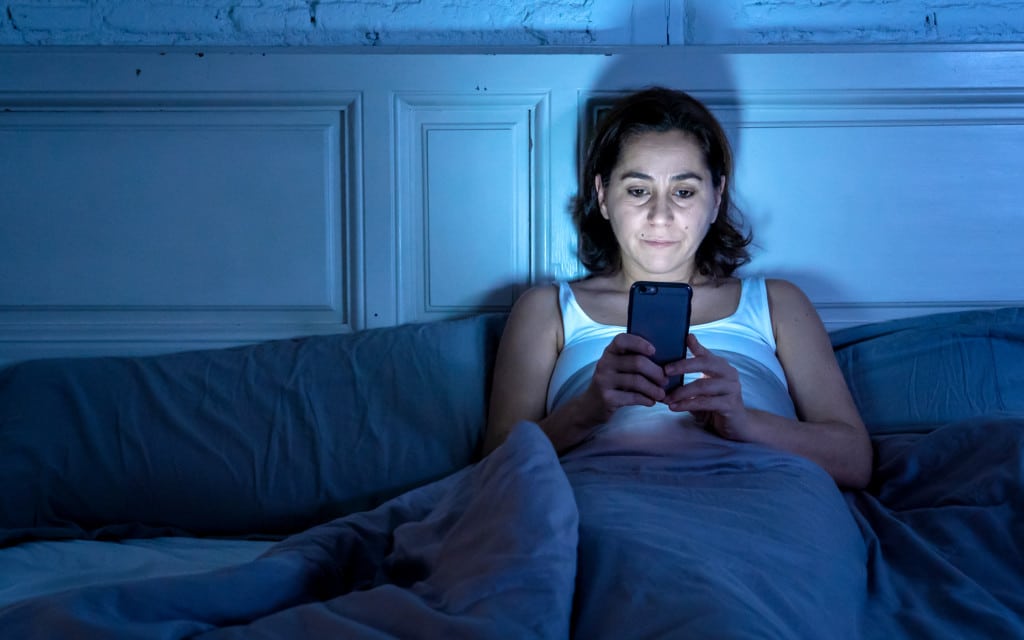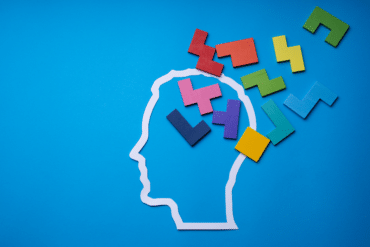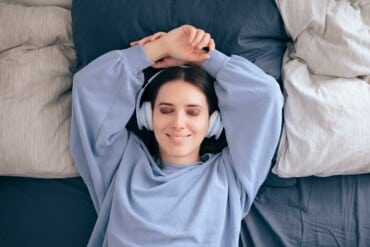Insomnia is a serious problem.
Struggle to get the right amount of sleep for long enough, and it could feel as though your sleep deprivation is gradually killing you.
While it’s unlikely that you’d actually die from tiredness alone, the side-effects of sleep deprivation can be severe.
You’re at risk of numerous conditions ranging all the way from obesity, to diabetes, and heart disease.
It’s no wonder that doctors and sleep specialists are constantly searching for new ways to treat sleep disorders.
Since medical interventions (sleeping pills) can commonly cause side effects like drowsiness and addiction, most doctors will advise you to try a safer, non-chemical strategy first.
For instance, cognitive behavioural therapy is perhaps the best-known therapeutic solution for insomniacs.
However, there’s more than one kind of CBT available.
The treatment that you get will depend on your relationship with sleep. Also taking the problems that are pushing you to stay awake into account.
If your issue with slumber is that you no longer associate your bed with rest, then stimulus control therapy could be just the tool for you.

What is stimulus control therapy
Stimulus control therapy, alongside sleep restriction therapy, is one of the most commonly used techniques in cognitive behavioural strategies for insomniacs.
The primary aim of stimulus control sleep therapy is to improve and refresh the association between your bed and sleep.
Why?
Because for many of us, the perception that we have of sleep, is becoming increasingly warped.
If you’ve suffered with insomnia before, or any sleep disorder for that matter, then you may begin to think of your bed as a place of stress and anxiety, rather than rest.
Nights spent tossing and turning, worrying about your quality of sleep can even lead to an issue called sleep anxiety.
Those negative sleep perceptions can make it almost impossible to fall asleep. You start to feel nervous about going to bed.
Additionally, you might be deeply concerned that you’re not going to get a good night’s sleep.
You don’t have to be anxious about bedtimes to benefit from stimulus control therapy either.
CBT practitioners have found that this process is useful for anyone who has an unhealthy relationship with their bed. That includes people who sit in bed to watch television, play games, or read, rather than just going to sleep.
The practice of stimulus control therapy transforms your perception of bed and sleep by using a practice called “conditioning”.
Essentially, it’s all about teaching your brain to react in a certain way to specific stimuli.
Over time, if you go to bed whenever you feel like watching television for a couple of hours or playing video games, your brain will start to associate your bedroom with a place of downtime — but not sleep.
Alternatively, if you use your bed only for sleep (and sex), then your brain associates the simple act of lying on your mattress with a cue that it’s time to go to sleep.
The association you can create between your bed and sleep makes it much easier for you to fall asleep. Because you have a specific room dedicated to sleeping when you want to.

The role of conditioning in therapy for insomnia
Stimulus control therapy was created by psychologists in response to the growing habit of people seeing their bedroom as a place of fear.
If insomnia has pushed you to a point where just placing your head on your pillow makes you feel nervous and overwhelmed, then stimulus control therapy can help.
This insomnia therapy reduces the amount of time you spend awake in your bed, to correct the link between bed and slumber.
To better understand how stimulus therapy for insomnia can work, let’s take a look at the Pavlov experiment.
This experiment might ring a bell (pun intended) for you if you’ve ever explored basic psychology before. Pavlov was the father of the classical conditioning concept in psychology.
The Russian scientist discovered that if you constantly feed a dog at the same time as you ring a bell, the sound of the bell will eventually cause the dog to anticipate food and salivate.
Even in the absence of food, Pavlov’s dogs still salivated when the bell rang, demonstrating a conditioned response.
The same concept can apply to advanced sleep therapy.
If you teach your brain that your bed is only used for sleep, then it will eventually start to release the melatonin and other hormones required for sleep as soon as your head hits the pillow.
To support this conditioning, you need to do a few things:
- Only go to bed when you feel sleepy
- Sleep only in your bed (nowhere else if you can help it)
- Get out of bed and do something else if you can’t sleep after 20 minutes
- Use your bed for sleep and sex, and nothing else

The rules of insomnia therapy: Using your bed properly
If your doctor finds no medical reasons for your insomnia after a sleep study, stimulus control therapy will be one of the first things that they recommend.
You don’t need to stay in a doctor’s office to use stimulus control for sleep. Instead, you just need to commit to a series of important rules.
1. Only go to bed when you’re sleepy
First, only go to bed when you feel as though you’re about to fall asleep. Note, we say “sleepy” here, not tired. You can be tired when you’re sitting on the sofa downstairs, but that won’t mean that you’re ready to drop off into unconsciousness.
Going to bed when you feel sleepy will help your mind to associate your bed with a place where you can snooze.
The biggest challenge of going to bed when you’re sleepy is that it makes it hard to follow a consistent bedtime. The best thing you can do is set a “soft” bedtime.
For instance, you might decide that you’re going to go to bed at around 10 pm each night.
A “soft” bedtime also allows you to go to bed anywhere between 9:30 and 10:30 depending on when you feel the most sleepy.
2. Sleep only in your bed, and use your bed only for sleep
Another crucial rule of stimulus control therapy is that you should only sleep in your bed. Although it’s tempting to let yourself nod off in a comfy chair after a big dinner, sleeping in different places will confuse the kind of associations you’re trying to create.
As soon as you start to feel sleepy — even if you just need an afternoon nap, go to bed. This will help to strengthen the connection that you have between your bed and sleep.
At the same time, make sure that you’re not using your bed for anything outside of sleep.
It’s not a place where you should be binging Netflix or playing video games. The only other thing you should use a bed for, besides sleep, is sex.
3. Get out of bed when you can’t sleep
This is perhaps the toughest part of the stimulus control therapy strategy. If you can’t fall asleep after you’ve been in bed for around 20-30 minutes, psychologists say that you should get up.
While you might prefer to stay in the comfort of your blanket, browsing through social media on your phone, it’s this behaviour that perpetuates your insomnia issues.
The longer you spend in your bed, struggling to get to sleep, the more you start to associate your bed with feelings of anxiety and frustration.
On the other hand, if you get up, and come back to your bed only when you feel sleepy again, you’ll be able to cut down on nerve-wracking moments spent staring at the ceiling.
Remember, when you are in bed, don’t keep checking the clock to see how many hours you have left before you need to get up. This will make it much harder for you to drift off to sleep.
Just allow yourself to relax, with the knowledge that you can always get up if you can’t sleep.
Does stimulus control therapy work?
If this advanced sleep therapy sounds pretty straightforward — that’s because it is.
There are no complex guidelines to follow with stimulus control therapy.
All you need to do is commit to changing the way that you use your bed. If you stick to the guidelines above correctly, then you’ll begin to change your relationship with your bedroom.
Importantly, like any therapy for insomnia, it’s unlikely that stimulus control will automatically transform your sleep the first time that you try it.
The more time you’ve spent struggling with insomnia, and the more anxiety you’ve developed about sleep, the longer it will take for you to change your conditioning.
Remember, learned associations can be challenging to overcome.
However, with persistence, most people without underlying sleep disorder issues find that control therapy allows them to improve their sleep quality within a matter of weeks.
If you’re a particularly complicated case, then your doctor might recommend working with a specialist on your stimulus control therapy too.
You can combine this process with other kinds of CBT for insomnia to accelerate your cure.

Stimulating better sleep
Stimulus control therapy is just one component of the cognitive behavioural therapy strategy for insomnia.
This evidence-based strategy has been clinically proven time and time again, with various trials on human beings.
That means that we know for a fact that it can work. The only downside is that some people might not be as susceptible to this kind of treatment as others.
Usually, your doctor will conduct a full examination to decide whether you’ll benefit from this kind of insomnia therapy.
A consultation with a sleep specialist and a comprehensive study into how your brain and body works when you sleep can highlight the underlying issues that are causing your insomnia.
If you find that your problems revolve around associations between your bed and sleep, then stimulus control is probably the best way to go.
Alternatively, if your problem is with something that has nothing to do with your relationship to your bed, then your doctor might recommend something else, like medication, sleep restriction therapy, or another type of CBT.
Siestio. Sleep Matters.
Medical disclaimer
You must not rely on the information provided on our website as an alternative to medical advice from your doctor or other healthcare professionals. For more information read our full disclaimer here.







